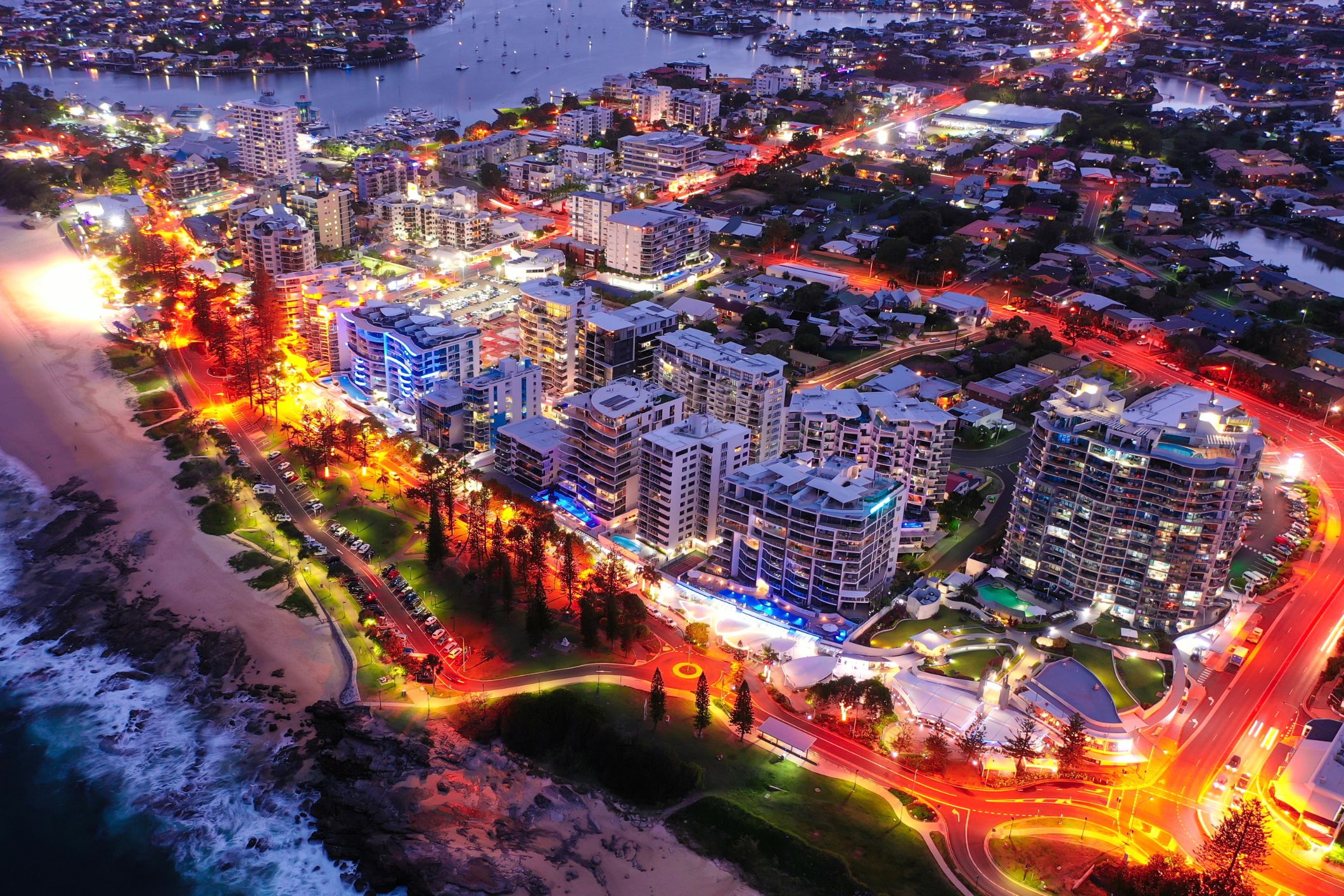A new property market report has painted a bleak future for renters on the Sunshine Coast, with data suggesting housing supply will not meet demand in our lifetime.
But Sunshine Coast Property Market Update lead researcher Mal Cayley, from property business Direct Collective, says there are solutions to help ease the crisis, with mum-and-dad investors playing a major role.
“When we look at the data and the opportunity the Sunshine Coast presents with jobs, lifestyle and a strong economy, we believe by 2041 the Sunshine Coast will be home to around 587,000 people, which is 67,000 more than the estimated government forecast of 520,000 (medium series projections),” Mr Cayley said.
Related story: No tall order: the argument for higher-density living
“The South East Queensland Regional Plan 2017 (ShapingSEQ) suggests that to meet the forecast demand, the Sunshine Coast would need to supply 87,000 new dwellings by 2041; circa 3500 per annum. At best, new dwelling supply has averaged 3000 per annum.
“The current undersupply of housing is a 15- to 20-year fix, and every year without a radical change to improve supply will likely extend the potential resolution by another three years due to the compounding effect – meaning, at this rate, it is unlikely the market will balance in our lifetime.”
Mr Cayley said his solution involved finding more land for development.
“We need to urgently identify more expansion areas and cut red tape and costs to ensure faster and better infill development,” he said.
“At the same time, we need to encourage investors back into the market, especially to supply more of the ‘missing middle’ to house the growing number in our community looking for an affordable rental.”

He said the ‘missing middle’ included terrace-style houses, apartments, townhouses, duplexes and units close to amenities, public transport and key business nodes.
This is where mum-and-dad – or residential – investors play a major role.
“Residential property investors currently house 92 per cent of renters on the Sunshine Coast, and we need to be real about the actual volume of new builds by government and corporates (build to rent) to actually meet demand, much less address the enormous undersupply,” Mr Cayley said.
“Therefore, our only real hope comes back to those in our community who can develop and invest in the missing-middle housing product.

“Density, done well, creates better access to transport alternatives, creates vibrant and diversified commercial districts and increases affordability and reduces pressure on the environmental zones we all seek to protect.
“Not only is increasing density the most-viable solution for the housing crisis the region faces, it is also the most sustainable.
“I believe that unless radical change is made to increase housing supply, then we’ll see shanty towns of non-approved accommodation like shipping containers grouped in non-approved locations taking over parkland and it will become an accepted form of accommodation here before the Olympics.”
Mr Cayley is behind the Homes For Everyone campaign and also hosts the Homes For Everyone podcast.
To access the 2023 SCPMU report, visit www.scpmu.com.au.
Do you have an opinion to share? Submit a Letter to the Editor with your name and suburb at Sunshine Coast News via: news@sunshinecoastnews.com.au





